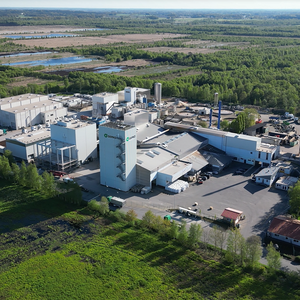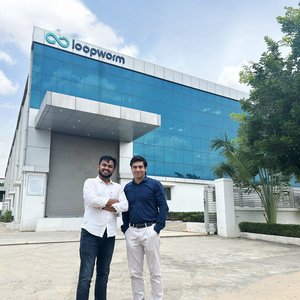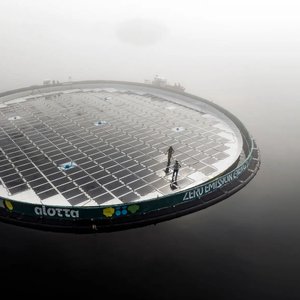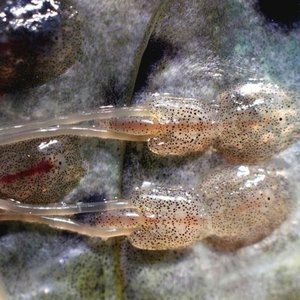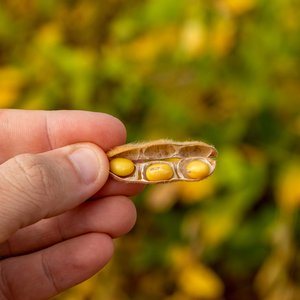Early Mortality Syndrome (EMS) has had a devastating impact on shrimp production in Southeast Asia. Daniel Gruenberg, CEO of Acquestra (Thailand) Co., Ltd. (formerly Sea Garden Foods) believes he may have found an answer through a feeding strategy.
Acquestra is technical advisor to Sureerath Prawns, Thailand\'s only certified organic semi-intensive producer of both monodon and vannamei shrimp. Sureerath Prawns just built a new advanced feed mill last October with a twin screw extruder.
“We had been forced to innovate our prawn formulation due to organic restrictions on animal and protein content”, Gruenberg told Aquafeed.com.
“Along that line, we had been successful as our current formulation gives FCRs of between 1.1 and 1, with acoustic automatic feeding.
Then, late last year, our farm was hit by EMS, almost exactly as our new feed mill was completed. We were extremely frustrated that nobody knew what EMS was or how to deal with it. We had to start our own research program”.
During this research, Dr. Donald Lightner at the University of Arizona had disclosed that his lab had found a toxigenic strain of Vibrio parahemolyticus (Vp) that carried either a plasmid or phage DNA which encoded a hepatotoxin.
“Fortunately I had previously done research on toxins and detoxification in fish and prawns”, Gruenberg said. “This led us to our initial feed formula which seemed to show significantly reduced EMS incidence in the first month of culture”.
Even with using this feed however, Gruenberg said he would still see EMS-like disease in shrimp past the \"normal\" first 30 days of culture. “We seemed to be having a clear effect on the toxin detoxification mechanism but we weren\'t stopping the growth of the bacteria producing the toxin so in the end the bacteria would win”.
News of the early success however reached a major prebiotic maker. “They have a herbal extract based product that has been well researched and well documented anti-vibrio activity and amazingly it is quite selective for the gram negative vibrios and leaves the beneficial gram positive bacteria untouched. We see a lot of potential synergy between our original formula and the prebiotic which prevents vibrio growth”.
The addition of the prebiotic that shows clear anti-Vibrio and anti-oxidant activity to the existing formula, creates a synergistic effect to the new feed. “This will further bolster our position in the anti-EMS feed space. Our feed formula attacks EMS pathology on multiple, synergistic levels,” Gruenberg said.
“The new feed formulation is complete, and initial batches will be prepared in the coming days. We are not just a feed mill or additive company; we are active shrimp farmers that have been dealing with EMS since the outbreak hit late last year. That puts us in a unique position to test and observe results from this new formula. We have seen sub-clinical signs of EMS that other farms may not be able to detect. We know how to purposely ‘push’ the shrimp to show EMS symptoms. This gives us a powerful tool to test the new feed formula.”
“To be clear, we are NOT announcing a \"Cure\" for EMS. But we have unique experience and extensive facilities to test this new formula which at least theoretically has curative potential. We are discussing with a major university to do a challenge test for us under controlled conditions and also as we run a 165Ha of ponds at our own farms, we have continuous access to ponds that are exhibiting EMS symptoms”.
We know that once a pond starts to show the early signs of EMS we can intentionally push these prawns to significant mortalities by just pushing the feeding to satiation. We will randomly assign ponds our new Anti-EMS formula or standard formula and compare growth and mortalities to the two formulas. We believe this is the best possible controlled test we can do in a field environment and results should be available before the end of July.



